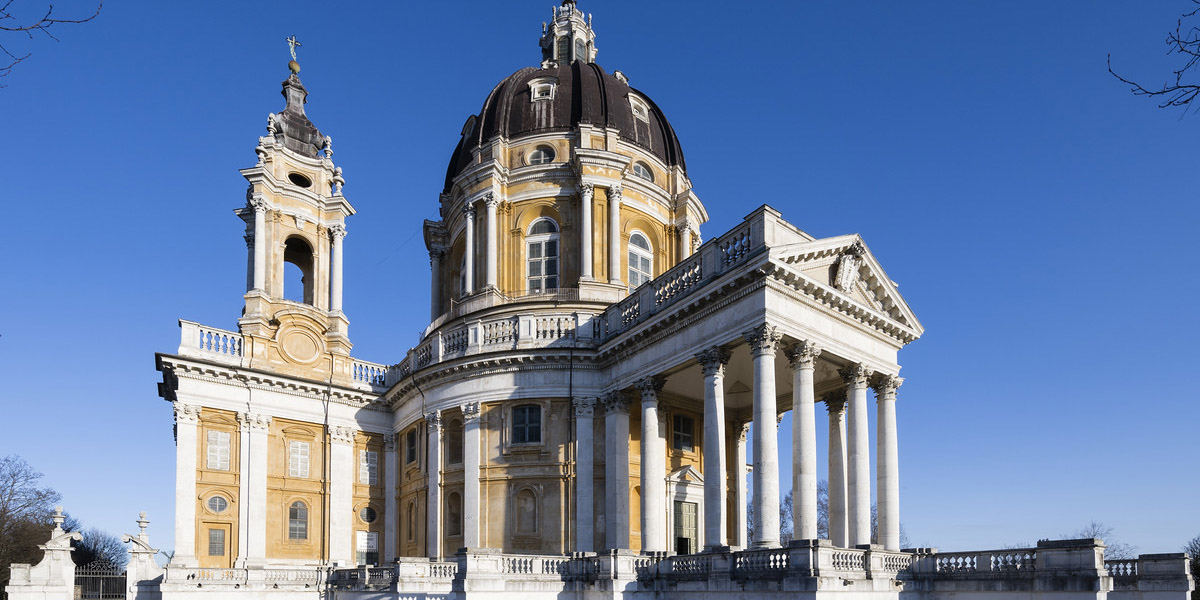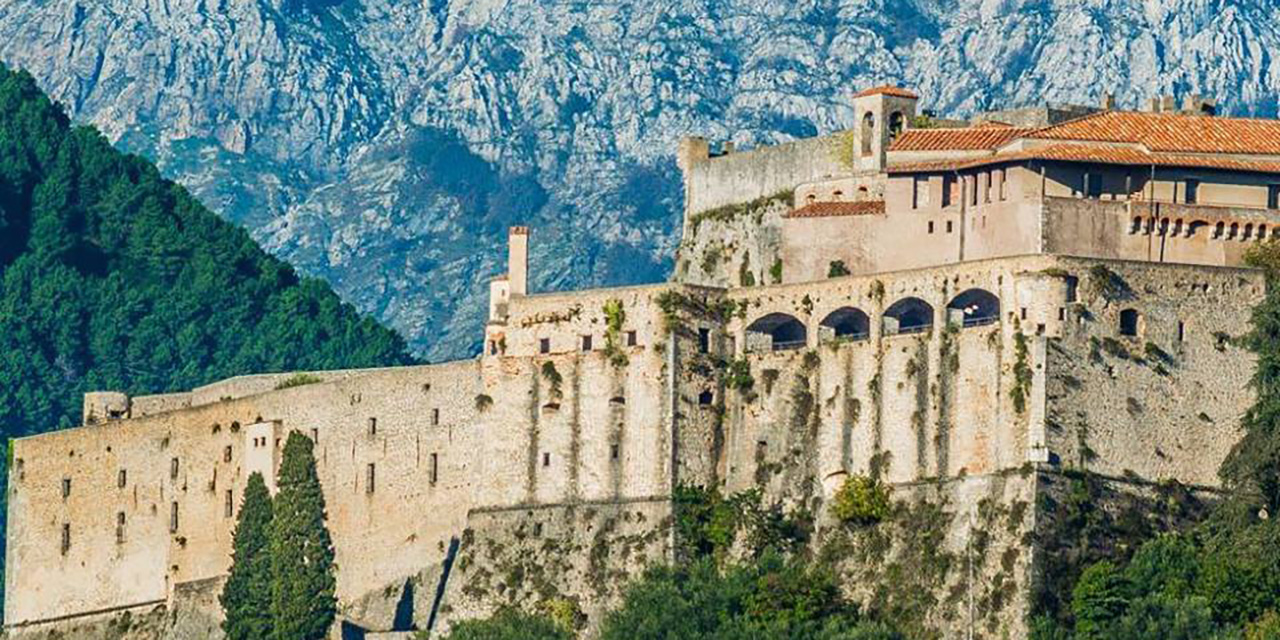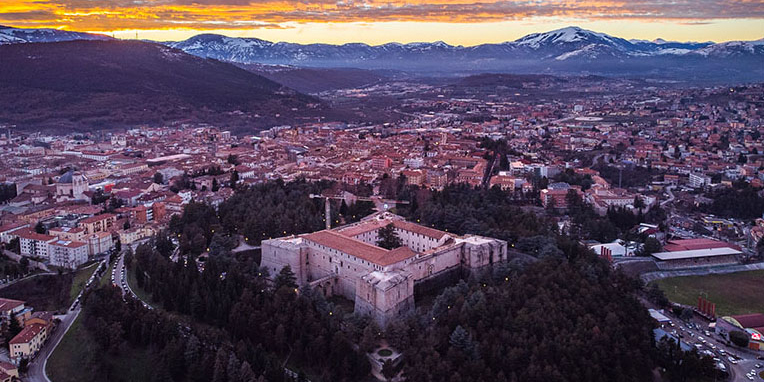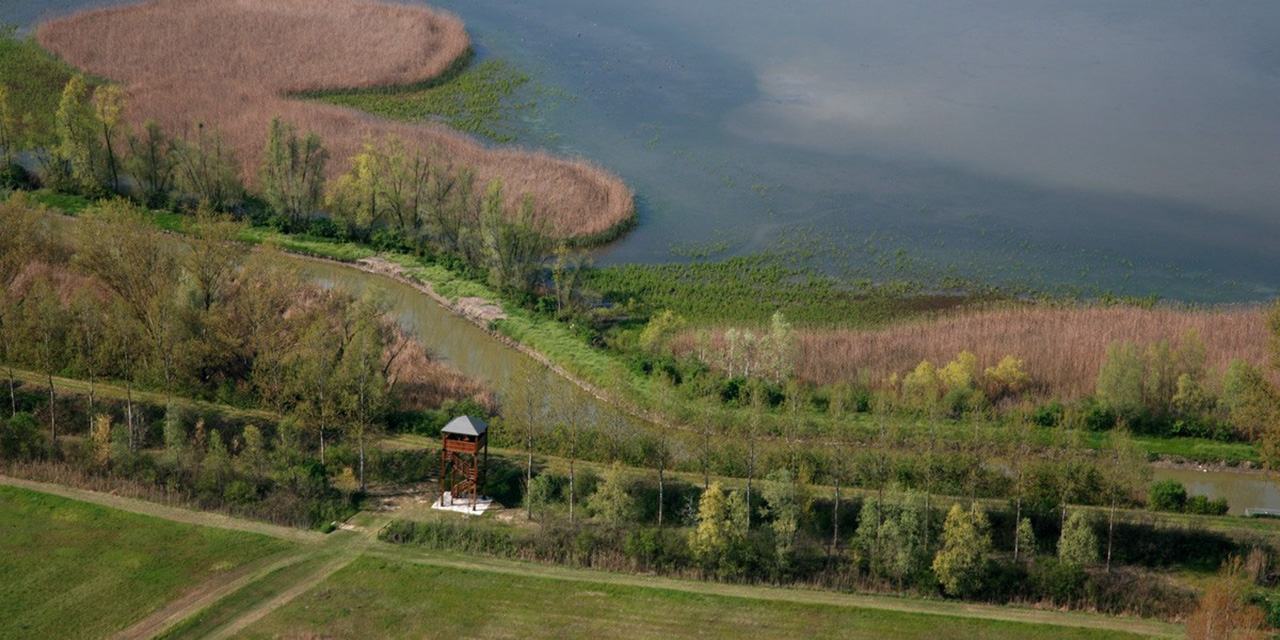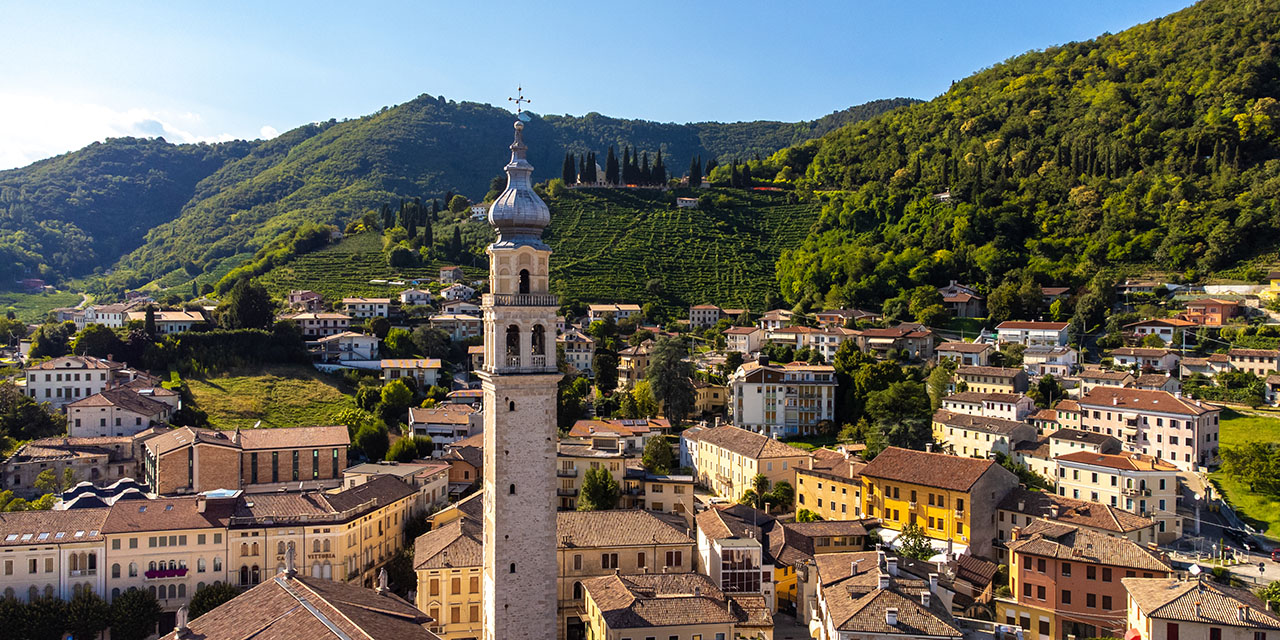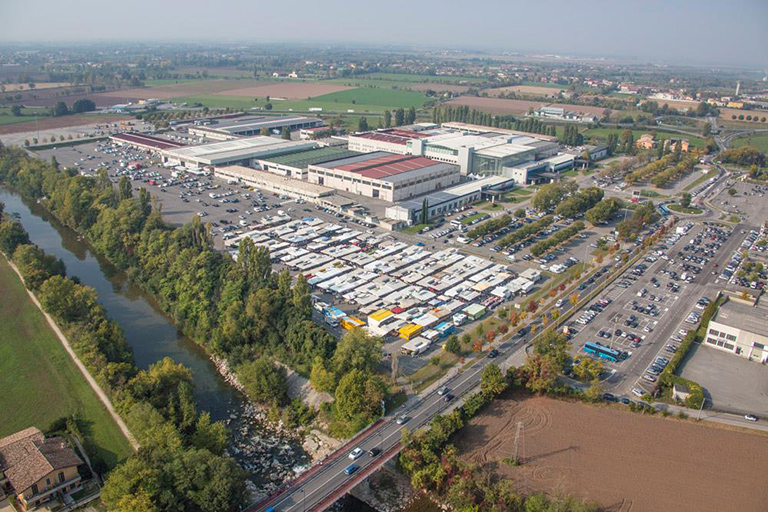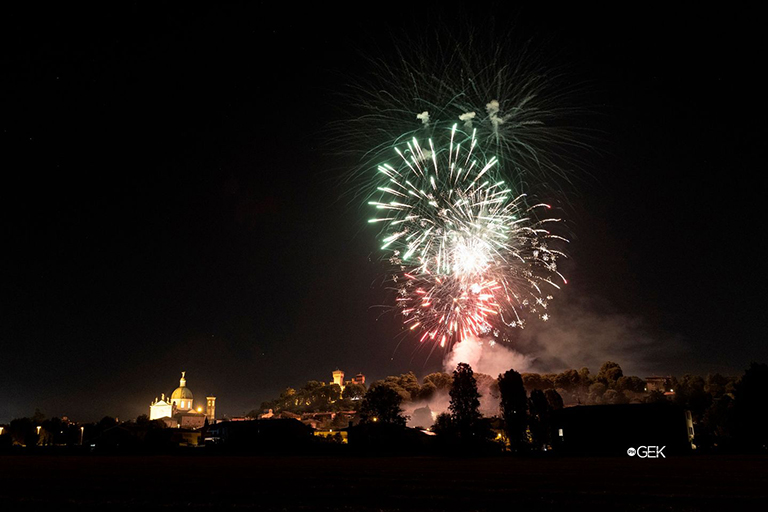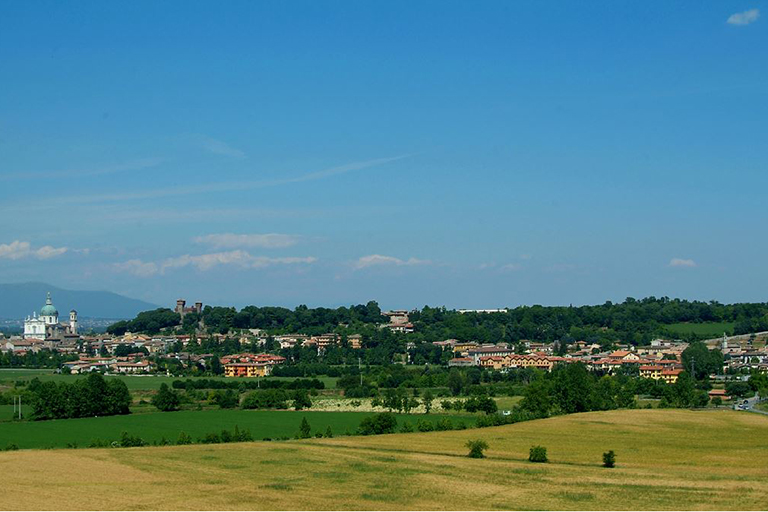profile
map
start / finish
itinerary timetable
tourist info
Host city:
Montichiari
Overview
“Born” on 23 April 1167, the Municipality of Montichiari, long dominated by the Republic of Venice (from 1428 to 1797) is among the largest municipalities in the Province of Brescia with an area of approximately 81 km2; with over 26,200 inhabitants it is the third largest municipality in the provincial territory. It is crossed from north to south by River Chiese.
Located on the border with Mantua and a few kilometers from Lake Garda, it boasts an airport and the only covered velodrome in Italy, an excellent sports facility. As regards cultural attractions you can visit the turreted Bonoris Castle in Neo-Gothic style, the neoclassical Cathedral of S. Maria Assunta, the graceful Bonoris Theater and the Parish Church of S. Pancrazio which represents one of the Lombard Romanesque buildings, the Marian Sanctuary of the Fontanelle and the Centro Fiera, Lombardy’s second exhibition center. Montichiari hosted the 1909 International Air Circuit and the 1st Italian motor racing Grand Prix in 1921.
Gastronomy
The city can boast some typical tasty local dishes such as spiedo with polenta, one of the specialties that are periodically served also in combination with a solidarity initiative to support voluntary associations.
Malfatti have their own importance as well as donkey stew. Also tripe is a traditional food served in the city’s trattorias, especially during the weekly market on Fridays, while as far as confectionery is concerned, “chisöl”, a simple donut-shaped cake, is the most popular. In 2023 some pastry shops in Montichiari joined the “Battito” project, a dessert that combines ingredients from the Brescia Bossolà and the Orobic Donizetti, on the occasion of Bergamo Brescia’s role as Italian Capital of Culture: part of the profits were donated to charity.
Beverages
If Spritz is widespread in Veneto, in Montichiari and more generally in the Brescian area, the focus is on Pirlo, an alcoholic drink based on white wine (usually Prosecco) combined with Campari or Aperol. The Municipality also adheres to the Strada del Vino e dei Sapori “Colli dei Longobardi” association which promotes both the historical-artistic beauties of the territory and the food and wine production with a particular reference to the wine world of the Montenetto area and the Lower Eastern and Central part of the province of Brescia.
Points of interest
A city historically dedicated to trade, with a weekly livestock and street market of centuries-old origins, Montichiari also has a lot to offer in the historical-artistic-cultural field with a heritage that has increased over the last few years thanks to the creation of the Montichiari museum system including Bonoris Castle, Lechi and Bergomi museums, the Pasinetti Art Gallery, the Palace of Archeology and History of the Territory and the Historical Museum of the Risorgimento. Built by Count Gaetano Bonoris as his home at the end of the 19th century, the Castle was built on the remains of a medieval fortress with the adjoining church of S. Tomaso which had been demolished for the new construction. Since 1996 it has been municipal property with the park and the romantic garden. In the Lechi and Pasinetti museums you can see the art collections donated respectively by the counts Luigi and Piero Lechi and by Laura Pasinetti: in the first case the paintings range from the fifteenth to the nineteenth century with works by Moretto, Ceruti, Procaccini, Magnasco, Foppa, while in the second case the works are by the landscape and portrait painter from Montichiari Antonio Pasinetti who had considerable success in Milan between the nineteenth and twentieth centuries. In the Palace of Archaeology it is possible to “walk” into the past of our city looking at a hundred casts of finds found over the years in the area by the Monteclarense Archaeological Group. Rural life and the agricultural world are protagonists at the Bergomi Museum where the collection composed of over six thousand objects donated by the painter Giacomo Bergomi to the Municipality is kept. Finally, in the Historical Museum of the Risorgimento, a large series of memorabilia, some unique in their kind, recalls the three wars of Independence and the two world conflicts of the twentieth century. Romanesque building dating back to the second half of the 12th century, the Parish Church of S. Pancrazio was built on pre-existing structures from the early Middle Ages and houses some valuable works of art such as the fresco “San Pancrazio on horseback” by Romanino (1527 about). The imposing Cathedral of S. Maria Assunta, whose first stone was laid in 1729, is the largest church in the city and stands between the two squares Treccani and S. Maria: it boasts, among other things, a valuable altarpiece by Romanino (The Last Supper) dating back to 1542-1543 as well as the Assumption of the Virgin, a late eighteenth-century masterpiece by Giuseppe Pirovani. Even in terms of landscape, the city arouses interest for tourists with a large pedestrian and cycle path along the River Chiese and on the six hills that dominate the city, including San Giorgio, a historic place where it still stands today, incorporated into an agricultural building, a church from the Lombard era. From March to November Montichiari hosts events of national and international importance at the Centro Fiera.
Desenzano del Garda
Overview
Infinitely bright and radiant, Desenzano del Garda is located in a strategic position in terms of geography and infrastructure: in fact, it benefits from a well-tested and very active railway connection, which makes it a pivot for reaching nearby Milan, Brescia, Verona and Mantua. A highway exit at a 2-minute drive from the centre and the lakefront makes it even more accessible.
Local cuisine
Desenzano’s dining options offer an all-round experience, starting with the numerous “agriturismi” (countryside rustic restaurants which usually serve food that was prepared from raw materials produced on the farm or from other local merchants) scattered throughout the hinterland offering good dishes of the highest quality.
The main ingredient of Garda Lake cuisine is obviously its fish. Here, in a highly fishy environment, visitors can enjoy trout, eel, whitefish, pike, perch, the rare carp and, from early summer, sardines and bleak. The local restaurants know how to enhance the taste and flavour of these products.
Another pearl of the Desenzano and Garda area is the PDO extra virgin olive oil, characterised by a very low degree of acidity, which makes it quite digestible and therefore much sought after. The many historical oil mills work hard to ensure quality of production and, over the years, they have established themselves as a Garda landmark.
How could we fail to mention Grana Padano, which has its headquarters in Desenzano and has now consolidated its position as an international leader in the production and distribution of its cheese. Suitable for any type of meal, Grana Padano is an Italian excellence and pride, to be savoured at an aperitif with friends, as a snack or at the lunch or dinner table.
Wine and beverages
- Lugana: first DOC (literally Controlled Designation of Origin) in Lombardy and among the first in Italy, this wine reveals all its identity with every single sip.
- Garda Classico Chiaretto DOC: Chiaretto differs from other rosés in its floral and berry aromas, accompanied by a small, fresh, acidic edge. It pairs perfectly with lake fish, snails, frogs, white meats, appetisers, vegetables and sweet cured meats. It is also ideal as an off-dinner and aperitif wine.
- Garda Classico Bianco DOC: Garda Classico Bianco is composed of 70 % Riesling Italico and Riesling Renano grapes. It is a dry, energetic and noble wine with aromatic notes.
- Garda Classico Rosso and Rosso Superiore DOC: Garda Classico Rosso is a well-structured wine with a brilliant ruby red colour. It has a vinous aroma, more fruity when young and more spicy when aged. The flavour is savoury, fine and saline.
- Garda Classico Groppello and Groppello Riserva DOC: obtained from the area’s most typical variety, Groppello, these wines are characterised by a brilliant ruby red colour and a fruity, slightly spicy aroma. The taste is savoury and velvety, with an almondy finish.
- San Martino della Battaglia DOC: is a dry white wine, made from Tocai friulano grapes, with citrine yellow hues, warm golden tones and pale green reflections. The aroma is intense and fresh, with a pleasantly bitter background.
Points of interest
- Saint Francis Oasis: the Saint Francis wetland area presents peculiar characteristics and represents one of the very rare examples of a Benaco riparian environment. An almost fortuitous series of events, such as the municipal ownership of part of the meadow area and the adjacent private property not used for years, enabled the preservation of the site. In recent years, the commitment of various professionals, the municipality and a number of environmental associations has thus led to the area being recognised as “Natural Monument” by the Lombardy Region in 2008, due to the presence of a high degree of biological diversification.
- The Medieval Castle: the castle dominating the town, possibly erected on a the ruins of Roman fortress to defend against barbarian invasions, was rebuilt in the mediaeval period and reinforced in the 15th century, when it enclosed 120 houses and a church dedicated to Saint Ambrose. All that remains of the ancient castle are a few sections of curtain walls with crumbling merlons between the four corner towers, with the exception of the one on the north-eastern corner that functioned as a specola until 1940. One of the most beautiful views of Lake Garda can be enjoyed from its terrace.
- Villa Brunati: built at the end of the 16th century by Monsignor Giacomo Roveglio as a holiday resort on the site of a pre-existing rural building dating back to the Middle Ages, it now houses the civic library dedicated to the poet and librettist Angelo Anelli, born in Desenzano in 1761. In its prestigious rooms, which house over 30,000 volumes and a multimedia section, cultural events, exhibitions, meetings with authors, events, readings, etc. are periodically organised. Some rooms of the library can be rented for use by third parties.
- Villa Romana: built at the end of the 1st century b.C., it came to light in 1921. The archaeological area is today about 70 metres from the lake, but the villa once directly overlooked the water with piers and moorings. The more than 240 square metres of exquisite polychrome mosaics depict scenes with cupids harvesting grapes or on running chariots, wild animals and allegories.
- The 20th Century Museum: the 20th Century Museum is a place where records of the past are kept safe. Objects from the period spanning from the First World War to around 1960 are collected here: historical documents, photographic material, objects, uniforms, rolling stock, civil defence equipment and more.
- The Risorgimento Park and the Tower of Saint Martin: the monumental complex commemorates the battle fought here on 24 June 1859 between the Austrian and Franco-Piedmontese armies. At the entrance to the 64-metre-high tower, visitors are met by statues of the protagonists of Italian unification, while the frescoes arranged along the ramp retrace some of the most important episodes of the Italian Risorgimento. A wide panorama can be enjoyed from the terrace. The Museum exhibits weapons, relics and documents, as well as objects used by soldiers. The bones of thousands of fallen soldiers are collected in the chapel-ossuary. The park is the site of a spectacular historical re-enactment of the Battle.
- Lavagnone archaeological site: the excavation campaign brought to light a wealth of material for domestic use: plates, amphorae, vases dating back to the second millennium b.C. The installation of a pile-dwelling was also discovered, but the most important finding of all was the plough with part of the yoke, which is the only existing example in the world of such an agricultural tool for prehistoric times and which is dated to the Bronze Age (around 2000 b.C).
- The Archaeological Civic Museum “Giovanni Rambotti”: the Museum houses an extraordinary archaeological heritage from the Bronze Age documenting the vast and complex process of pile-dwelling settlement on the shores of Lake Garda and in the inter-morainic basins.
- The Giovanni Bosio Gallery: the gallery is a venue for temporary exhibitions and art shows. It is located in the central Palazzo Todeschini, a solemn building by Brescian architect Giulio Todeschini erected in 1580 facing the old harbour. The Gallery is in the central Piazza Malvezzi, where Desenzano’s most representative monument, the statue of Saint Angela Merici, patron saint of the city, can also be admired.
- The lighthouse, the breakwater and the port of Desenzano archive documents tell us that the lighthouse lantern, consisting of a dioptric apparatus running on oil, remained in operation until 1903, when electric lighting, already available in Desenzano since 1899, was adopted for it.
- The Cathedral: the present church, dedicated to St Mary Magdalene, was built on the remains of the old parish church between 1586 and 1611 to a design by architect Giulio Todeschini. In the Chapel of the Blessed Sacrament, visitors can admire “The Last Supper”, a remarkable work by G.B. Tiepolo from 1738.
- Idroscalo Park: the Idroscalo Park extends over an area corresponding to the green area of the Spiaggia d’Oro (Golden Beach), connecting the Desenzano-Rivoltella lakeside pedestrian route with the cycle-pedestrian promenade of Viale Motta and Via Dal Molin. A pedestrian access has been opened to the north and allows direct access to the lake.



